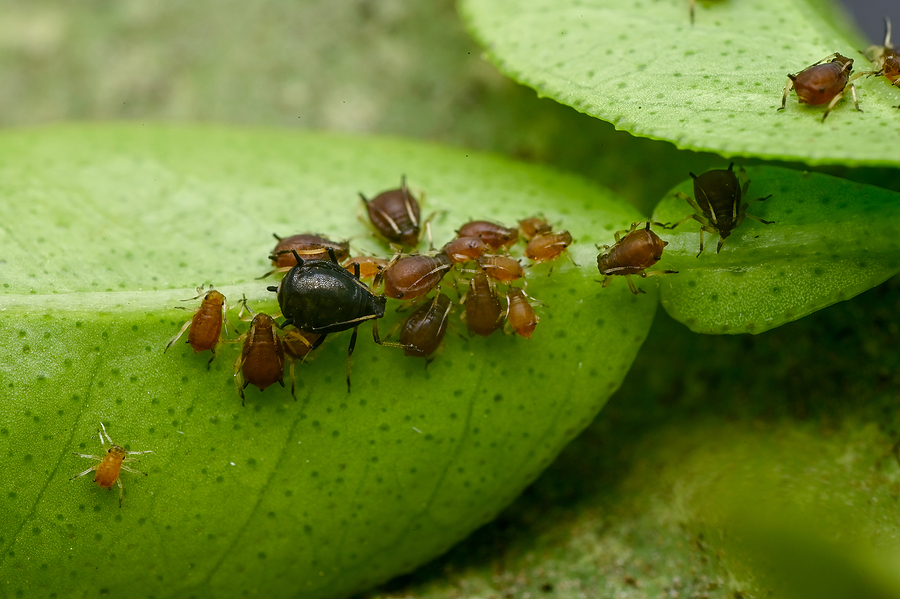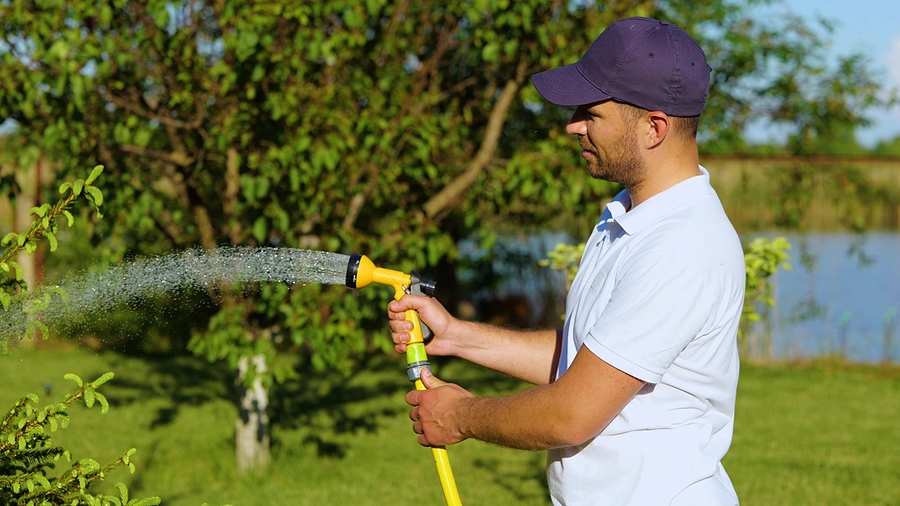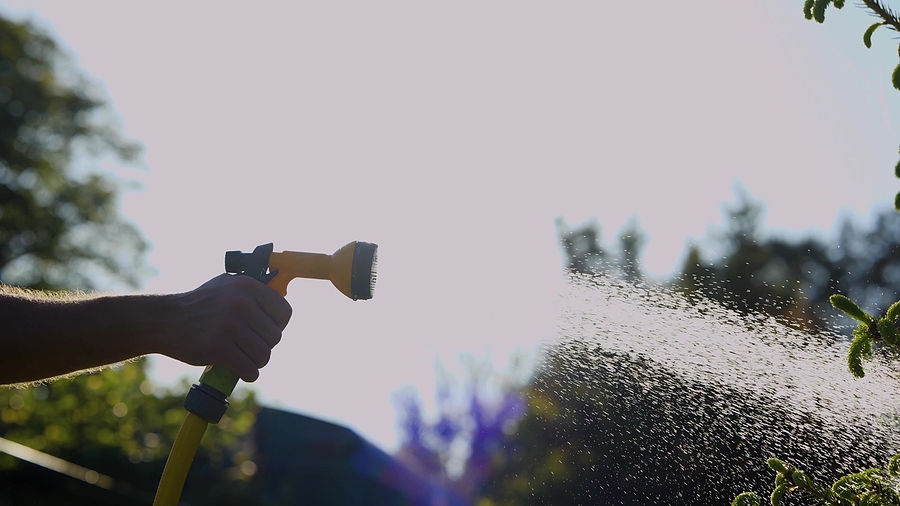Summertime is a great time to enjoy the outdoors, but it can also be a difficult season for trees. During this time of year, insect populations tend to increase and become more active. These pests are capable of causing major damage to your tree’s health if left unchecked. That’s why it’s important to take steps now to protect the trees on your property from any potential threats posed by insects during the summer months.
In this blog post, we’ll discuss some common insect threats that could cause harm to your tree’s health this summer and how you can prevent them from doing so. We’ll also provide tips on when you should call in professional tree care services for help with pest control or other issues related to tree health. So, read on as we explain what you need to know about protecting your trees from insects during the hot summer months!

Insects That Commonly Target Trees
First, let’s take a look at some of the most common insect pests that can be harmful to your trees. These include aphids, scale, leafhoppers, borers, caterpillars, and sawflies. Aphids are small sap-sucking pests that can infect leaves and branches with bacteria and cause them to become discolored or distorted in shape. Scale insects attach themselves to stems or bark and feed on plant juices leaving behind a sticky residue called honeydew that can attract ants and other pests.
Leafhoppers are light green bugs that feed on the underside of leaves leaving white spots in their wake. Borers are wood-boring larvae that live inside tree trunks or branches causing them to weaken over time. Caterpillars are the larvae of various moths and butterflies that feed on leaves leaving ragged holes behind. Sawflies are small wasps that are capable of defoliating entire trees by eating their leaves.
How to Protect Trees Against Pests
Fortunately, there are a few things you can do to help protect your trees from insect damage this summer. Start by regularly checking for any signs of pest infestation such as discoloration or wilting of leaves or branches, honeydew deposits, sawdust-like residue, and other physical changes in the tree’s appearance. If you notice any of these issues, it’s important to call in professional tree services right away so they can assess the damage and prescribe appropriate treatments to eliminate pests and preserve your tree’s health.
Routine Tree Care
In addition to checking for signs of infestation, it’s also important to practice proper tree care in order to prevent pests from taking hold in the first place. Start by regularly watering your trees and pruning away dead or dying branches that could provide food sources for insects. Mulching around the base of the tree can help retain moisture and reduce competition with weeds that could attract bugs as well. Lastly, avoid using chemical pesticides unless they are absolutely necessary since they can be harmful to beneficial insect species that help keep pest populations under control.
Maintain Prime Tree Health Year Round
By following these tips and staying vigilant about monitoring your trees for any potential threats, you can help protect them from becoming victims of insect infestations this summer. If you do encounter any major pest problems, don’t hesitate to call a professional tree care services for help. The experts can diagnose the problem quickly and provide effective treatments, so your trees stay healthy and strong all season long!
In Summary
So, there you have it—all the information you need about keeping insects from damaging your trees during the summer months. Keep these tips in mind as you enjoy the warm weather outdoors! With proper tree care and some vigilance, you’ll be able to keep pests away and preserve the beauty of your property for years to come.
Ready to get your trees in shape this summer? Start now! Contact Complete Tree Care at 317-783-2518 to get advice from a certified arborist in Indianapolis, Indiana. We serve residential and commercial clients with comprehensive tree care solutions.
Related Posts:
10 Summer Tree Care Tips for Homeowners
The Common Process of Tree Fertilization
4 Topsoil Problems That Can Negatively Affect Tree Health


